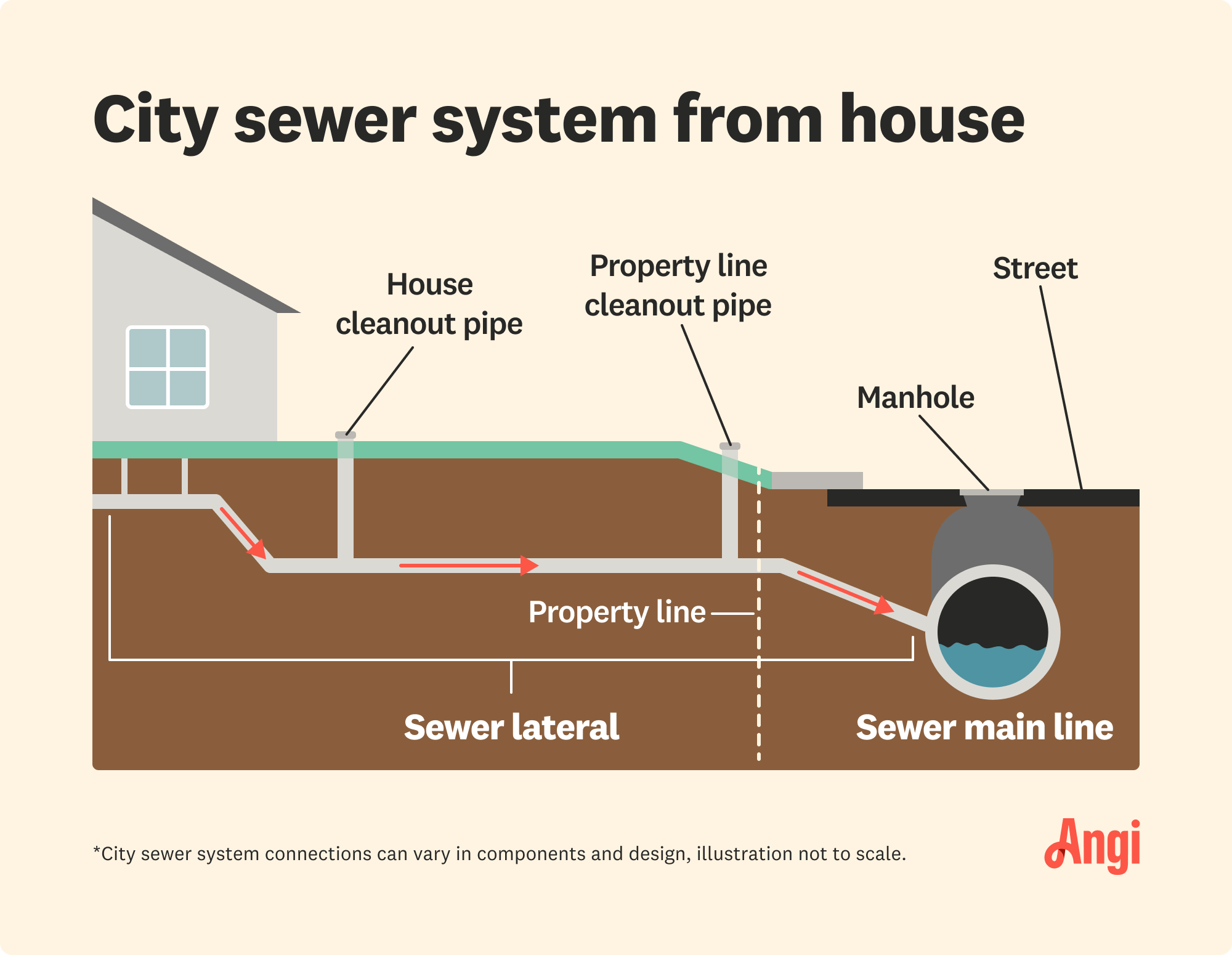
How much does a septic system cost? Explore impacting factors, important add-ons, and how you can save money on septic system installation right here.
Most people pay $2,253 to install a sewer line in Austin, TX, but depending on materials and labor costs in your area, you may end up paying between $712 and $3,987.


The soil in Austin ranges from expansive to stable, which determines the best type of pipe for your project.
Plan accordingly for the high permit fees for sewer line installation in Austin.
A new sewer line installation doesn’t increase home value in Austin, but a sewer line in poor condition can negatively affect it.
If you’re building a new home, you’ll need to tackle the sewer line installation after your foundation is poured. The cost to install a sewer line in Austin, Texas, is about 43% less expensive than the national average. Projects range between $712 and $3,987, with an average of $2,253. Find out how much you can expect to pay depending on the sewer line length, type of pipe, prep, and more.
These are the main cost factors to consider when estimating your sewer line installation costs in Austin, Texas.

The average cost to install a sewer line ranges from $50 to $250 per linear foot. Sewer line pipes are about 5 inches in diameter and run underneath your yard from your house to the main sewer drain.
| Piping Length (Feet) | Average Cost |
|---|---|
| 30 | $875–$4,325 |
| 40 | $1,150–$5,750 |
| 60 | $1,725–$8,625 |
| 80 | $2,300–$11,500 |
To install a sewer line, you’ll need to purchase the pipes that connect the main sewer drain to your home. New pipes cost about $3 to $20 per linear foot. The best type of sewer pipe for your project depends on your soil type. The soil in Austin ranges from expansive clay to stable deep sandy loam.
Factor in the type of piping material to gain a closer estimate as to how much you’ll pay per linear foot by referencing the following chart:
| Type of Piping Material | Average Cost (Per Linear Foot) | Pros | Cons |
|---|---|---|---|
| Cast iron | $2–$10 | Long lifespan, nonflammable | Replaced by newer materials due to corrosion |
| PVC | $0.25–$3 | Corrosion-resistant, cost-effective | Only works in stable soil, becomes brittle in cold temperatures |
| ABS | $5–$11 | Resistant to freezing temperatures, lightweight | Sustains UV damage, can sound noisy, contains BPA |
| Clay | $50–$60 | Long-lasting, resists acids and corrosive chemicals | Cracks under heavy weight, susceptible to tree roots and soil instability |
| Copper | $20–$30 | Durability, wide temperature resistance | Requires maintenance to prevent leaks and rust |
Trenching: $800 per 100 linear feet
Boulder removal cost: $650–$1,200 per boulder
Tree removal cost: $200–$2,000 per tree
Pavement removal cost: $8–$15 per square foot
Keep these labor and permit costs in mind when hiring a sewer line repair pro in Austin, Texas.
You’ll need a residential building sewer tap permit for a sewer line installation in Austin. The fee for the permit is $750, and a certified plumber must submit the application. You’ll also need an excavation permit, which costs $400.
Labor costs range between $20 and $150 per linear foot, making up the majority of the total costs. Sewer line installation requires skill and experience to get it right, which explains the high cost of labor.
Sewer line installation doesn’t increase your home value, but it’s crucial to have a well-maintained sewer line. A sewer line that’s in disrepair or needs to be replaced can dissuade potential homebuyers. While you can sell your home as-is, you’ll have to lower your asking price and wait for the right buyer who will put in the work and money to get the sewer line back up and running.
Home is the most important place on earth, which is why Angi has helped more than 150 million homeowners transform their houses into homes they adore. To help homeowners with their next project, Angi provides readers with the most accurate cost data and upholds strict editorial standards. We survey real Angi customers about their project costs to develop the pricing data you see, so you can make the best decisions for you and your home. We pair this data with research from reputable sources, including the U.S. Bureau of Labor Statistics, academic journals, market studies, and interviews with industry experts—all to ensure our prices reflect real-world projects.
Want to help us improve our cost data? Send us a recent project quote to [email protected]. Quotes and personal information will not be shared publicly.
From average costs to expert advice, get all the answers you need to get your job done.

How much does a septic system cost? Explore impacting factors, important add-ons, and how you can save money on septic system installation right here.

Need to know what sewer line replacement costs? This guide will help you prepare to budget for sewer line replacement done by local contractors.

Size, materials, and labor all determine the costs of an ejector pump replacement. Follow this guide to help you find the right ejector pump for your budget.

Wondering if an anaerobic septic system is the right choice for your home? Check out this guide to learn more about how this type of system works.

A clogged septic tank can wreak havoc on your home and property. Learn how to unclog a septic tank yourself and know when to call in the pros.

A mound septic system is similar to a traditional system, except the drain field is built into a mound and not hidden underneath your yard.